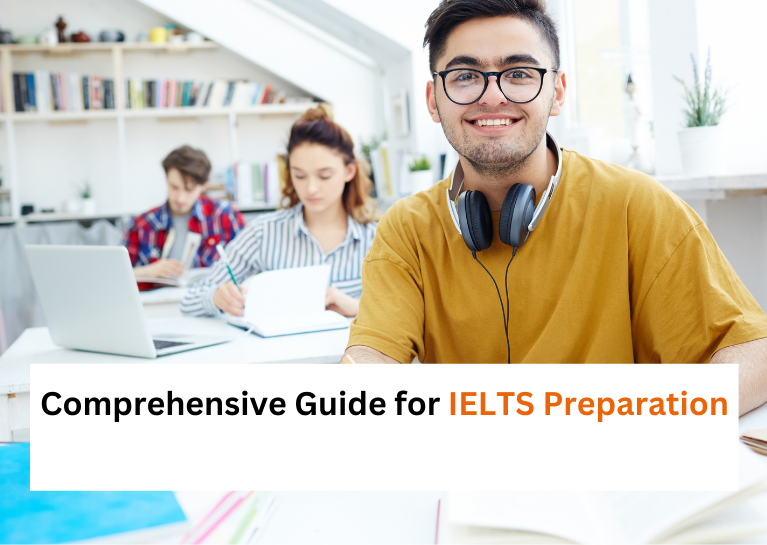In 2024-2025, expect big changes to Australia’s immigration rules. A new 10-year plan is being put in place to fix issues seen in the current system. The key changes? Big cuts to immigration numbers and stricter rules for foreign students and low-skilled workers. These changes come straight from the Home Affairs Ministry.
Table of Contents
ToggleRecent Changes to Australian Immigration 2024-2025
About Reducing Immigration:
The heart of this new policy means a huge drop in immigration numbers over just two years. The aim? To get annual numbers down to 250,000 people by June 2025. That’s about the same as before COVID hit. Rising immigration figures, last seen hitting 510,000 in the year leading all the way up to June 2023, have put a lot of pressure on homes and other public services. This new policy aims to reduce that pressure.
Visa Regulation Strengthening:
To attain this reduction, the Australian government aims to toughen visa regulations, particularly for international students and low-skilled workers. This involves enforcing more stringent minimum English-language criteria for Australian student visas. Furthermore, a more rigorous assessment process for second visa applications has been introduced. Applicants must now demonstrate how further studies align with their academic or career objectives. These alterations aim to better manage the influx, especially considering around 650,000 foreign students, many seeking a second visa.
Enhancement in Skilled Migration:
Acknowledging the necessity for skilled labor, the government has streamlined visa pathways for migrants possessing “specialist” or “essential” skills. This includes highly skilled tech professionals and care workers, granting them improved pathways to permanent residency. These adjustments aim to attract the skilled workforce Australia needs while minimizing the potential for exploitation.
English Test Requirements for International Students:
In line with the overall strategy, the government has introduced more stringent English-language requirements for international students. This move is part of the effort to ensure that students possess the necessary language skills for effective communication and integration into the Australian education system.
Public and Political Reactions:
The government’s announcement has stirred varied reactions. While some, like Opposition migration spokesman Dan Tehan, criticize the government for being slow to adjust migration policies, others argue that migrants are being unfairly blamed for broader issues such as housing shortages. The Business Council of Australia, for instance, suggests that migrants are scapegoats for a lack of investment in affordable housing and decades of poor housing policy.
Skills in Demand Visa:
In a bid to bridge crucial skill gaps and enhance labor market flexibility, Australia has introduced the ‘Skills in Demand’ visa. This innovative initiative replaces the Temporary Skills Shortage (Subclass 482) visa and offers three specialized pathways catering to different income levels and skill requirements.
- Specialist Skills Pathway: For highly skilled professionals earning a minimum of AUD 135,000 annually.
- Core Skills Pathway: Focused on occupations facing shortages identified by Jobs and Skills Australia.
- Essential Skills Pathway: Targets workers with essential skills earning below AUD 70,000, with details for this pathway pending finalization.
Noteworthy Changes in 2023 and the New Year:
In 2023, Australia’s immigration journey saw plenty of shifts. The government brought a speedy way to citizenship for visa holders from New Zealand who are skilled and independent, stretching back their time as permanent residents. Visas that bosses sponsor went through crucial changes, from tweaking how much a person should earn to making it easier to become a permanent resident.
Visas for GPs, a program, wrapped up in September 2023. This made things simpler for bosses of Medical Graduates from abroad, as they no longer needed a Health Workforce Certificate. Additionally. the government focused on supporting regional migration and families by removing the minimum income requirement for the Subclass 191 visa.
The release of the Migration Strategy in December 2023 outlined an eight-point roadmap, emphasizing revamping temporary skilled migration, reforming permanent skilled migration, elevating international education standards, combating worker exploitation, strategic migration planning, focusing on regional visas, strengthening Indo-Pacific connections, and streamlining the migration system.
As Australia steps into 2024, these comprehensive reforms aim to ensure the country continues to attract and retain skilled workers, contributing to a prosperous and fulfilling year ahead.
Conclusion:
Australia’s immigration reforms for 2024-25 aim to reshape the demographic landscape. With commitments to halve migration, tighten visa rules, and introduce skills visas, the government balances addressing challenges and fostering sustainability. Stakeholders must adapt to changing policies and contribute to discussions on strategy. Whether an aspiring migrant, employer, or interested observer, staying informed on implications is crucial for understanding impacts. The hope is that these measures build a resilient, prosperous, and inclusive future.







